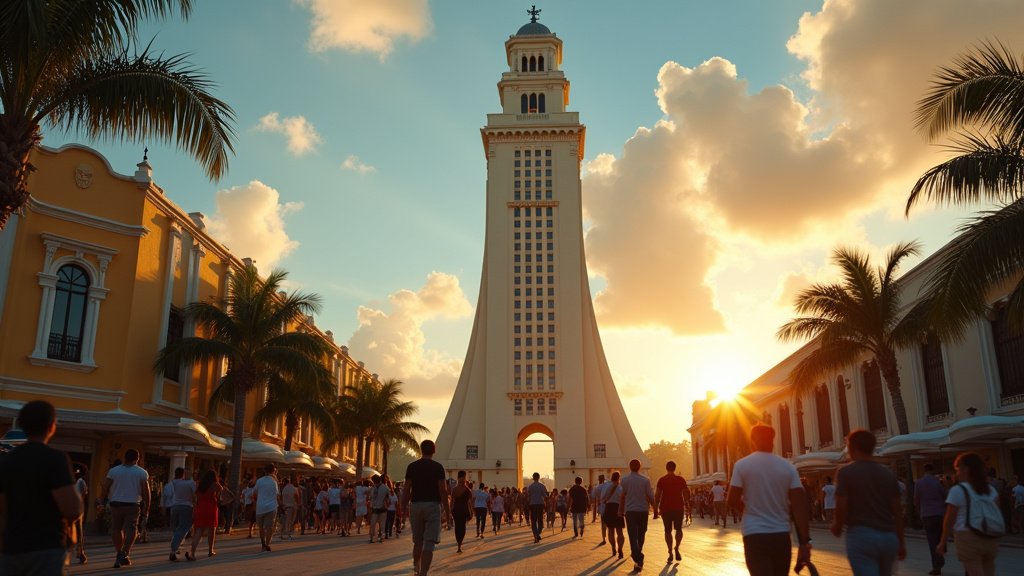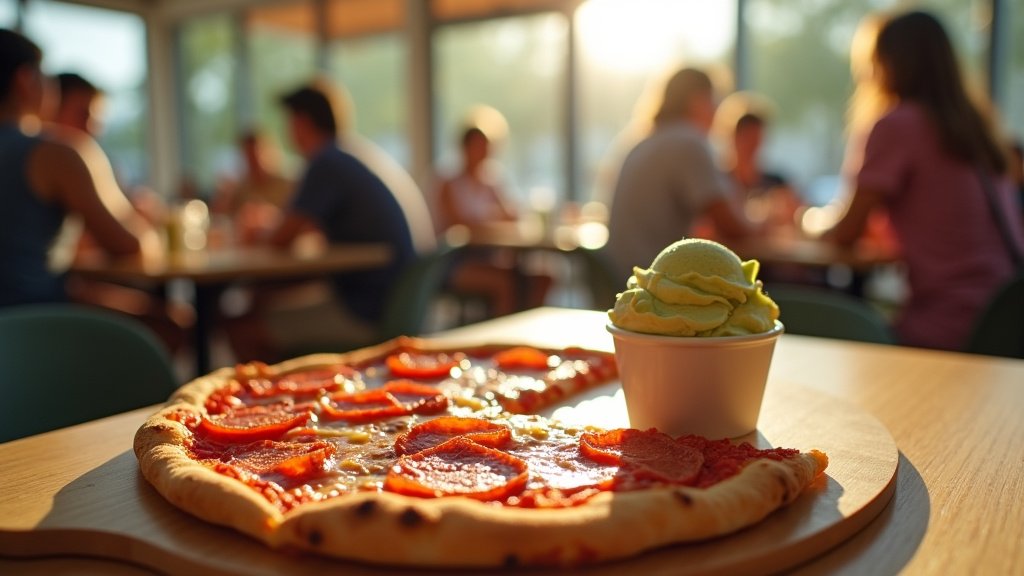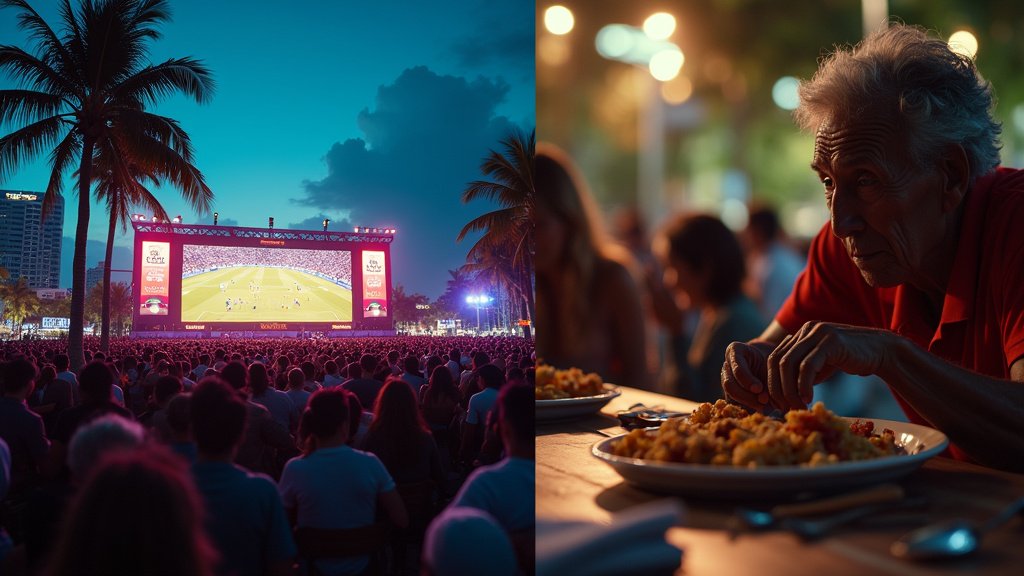Miami, Florida – A profound sense of history and an undercurrent of modern-day apprehension now define the vibrant heart of Miami. The city, renowned for its dynamic blend of cultures and as a steadfast beacon for countless newcomers, witnesses a pivotal moment with the grand reopening of its historic Freedom Tower. This long-anticipated event, a testament to resilience and heritage, unfolds against a starkly contrasting backdrop: a significant intensification of arrests within the city, a move attributed to the administration of Donald Trump.
The juxtaposition of these two narratives — the celebratory revival of a national landmark and the growing unease within a deeply rooted community — casts a unique shadow over South Florida. The Freedom Tower, often referred to as the “Ellis Island of the South,” has long stood as a potent symbol of hope, refuge, and new beginnings for generations of immigrants, particularly those fleeing communist Cuba. Its reopening is more than just the restoration of a building; it is the reassertion of a powerful collective memory, a tangible link to a past that shaped Miami into the global metropolis it is today.
A Beacon Restored: The Freedom Tower’s Rebirth
The Freedom Tower’s reopening marks a significant milestone for Miami. Nestled in the bustling downtown area, the tower’s iconic Mediterranean Revival architecture has graced the city’s skyline for nearly a century. Originally the headquarters for The Miami News, it gained its enduring significance from the 1960s, serving as a processing center for Cuban refugees arriving in the United States. For hundreds of thousands, it was their first stop on American soil, a place where they received aid, medical care, and the initial paperwork that would allow them to build new lives. It became indelibly etched into the collective consciousness of the Cuban exile community, representing both the trauma of departure and the promise of liberty.
Its recent closure for extensive renovations left a void that residents felt acutely. The anticipation surrounding its return has been palpable, with many viewing it as a symbol of the enduring spirit of Miami and its foundational immigrant communities. The physical restoration of the building, meticulous in its detail, has revived its grandeur, allowing it to once again stand as a proud monument to American ideals and the immigrant experience. The celebratory atmosphere surrounding its return has been one of quiet reflection and open pride, a moment for the community to acknowledge its journey and heritage.
Undercurrents of Apprehension: Intensified Arrests
Yet, this moment of historical reverence is unfolding amidst a climate of heightened tension. Across Miami, particularly in neighborhoods that serve as the very bedrock of its immigrant populations, reports indicate that Donald Trump has intensified arrests. While specific details surrounding the nature of these arrests have remained fluid, their perceived impact on daily life is undeniable. The atmosphere of vigilance and caution has become more pronounced, a stark reminder that even in a city built by migrants, the landscape of immigration policy can shift dramatically and unpredictably.
For many residents, especially those with family members who may be navigating complex immigration pathways, the news of intensified arrests carries a profound weight. It introduces an element of uncertainty into the rhythm of daily life, affecting everything from school pickups to community gatherings. The broader implications for the city’s socio-economic fabric are a common topic of discussion, with local leaders and advocacy groups expressing concern over the potential for increased fear and division within the diverse populace.
Miami’s Cuban Heartbeat: A City Defined by Migration
Miami is far more than just a destination; it is a significant hub for Cuban migrants, a place where the vibrant culture, language, and political aspirations of the Cuban diaspora have deeply imprinted themselves. This identity, born out of necessity and forged through generations of resilience, is characterized by a strong sense of Cuban migrant pride. It’s a pride rooted in overcoming adversity, in preserving cultural heritage, and in contributing profoundly to the fabric of American society.
From Little Havana’s bustling streets to the corridors of local government, the influence of the Cuban community is omnipresent. Businesses thrive, traditions are passed down, and political discourse often centers on the homeland. The community has always been fiercely independent and politically engaged, often advocating for policies that support freedom and democracy, both domestically and internationally. This deep-seated pride and commitment to their identity make the recent intensification of arrests particularly poignant, directly challenging the sense of security and belonging that so many have worked decades to build in their adopted home.
A City of Contrasts: Hope and Uncertainty
The simultaneous occurrence of the Freedom Tower’s reopening and the intensified arrests creates a unique psychological and social landscape in Miami. On one hand, the tower stands as a monumental affirmation of a historical promise—a testament to the idea that America welcomes those seeking refuge and a better life. Its very existence is a powerful statement about the nation’s capacity for compassion and integration. This is undoubtedly a trending topic across local news outlets, reflecting the city’s deep connection to its past.
On the other hand, the current political climate, characterized by heightened enforcement, introduces a palpable tension that seems to contradict the very spirit the tower embodies. The news of intensified arrests serves as a constant, sobering reminder that the path to freedom, while historically marked by the tower, is still fraught with challenges for contemporary migrants. It forces a conversation about who is welcomed and under what conditions, prompting introspection within a city that has always prided itself on its open arms. This unfolding situation is undoubtedly a major headline in the city, shaping local discussions and national perceptions.
The dichotomy highlights the ongoing dialogue within the United States regarding immigration, identity, and the rule of law. For Miami, a city whose identity is so intrinsically linked to its immigrant populations, these developments are not merely political footnotes but profound shifts that directly impact its character and future. The city, a bellwether for many national trends, is navigating these complexities with a resilience born from its history, watching as a new chapter of its enduring story unfolds in the daily news.
As the Freedom Tower once again welcomes visitors, inviting them to reflect on a pivotal chapter of American immigration, Miami remains a city of profound contrasts. Its vibrant spirit, rooted in the successes of those who passed through the tower’s doors, now grapples with the anxieties of a new era. The grand reopening is a poignant reminder of past triumphs, while the current immigration landscape presents a compelling challenge to the ideals the tower has long symbolized for a city defined by its open heart and its enduring legacy of freedom.





